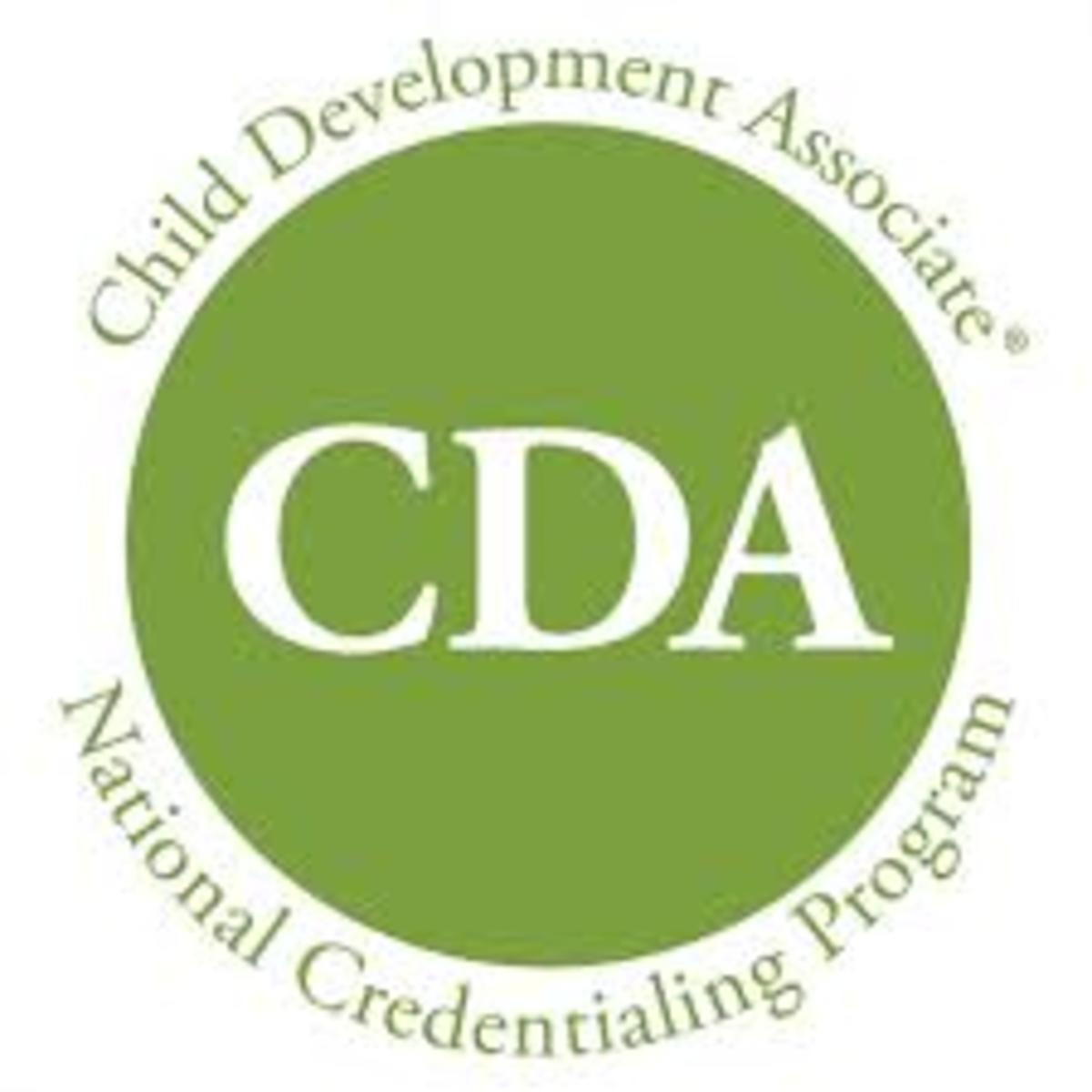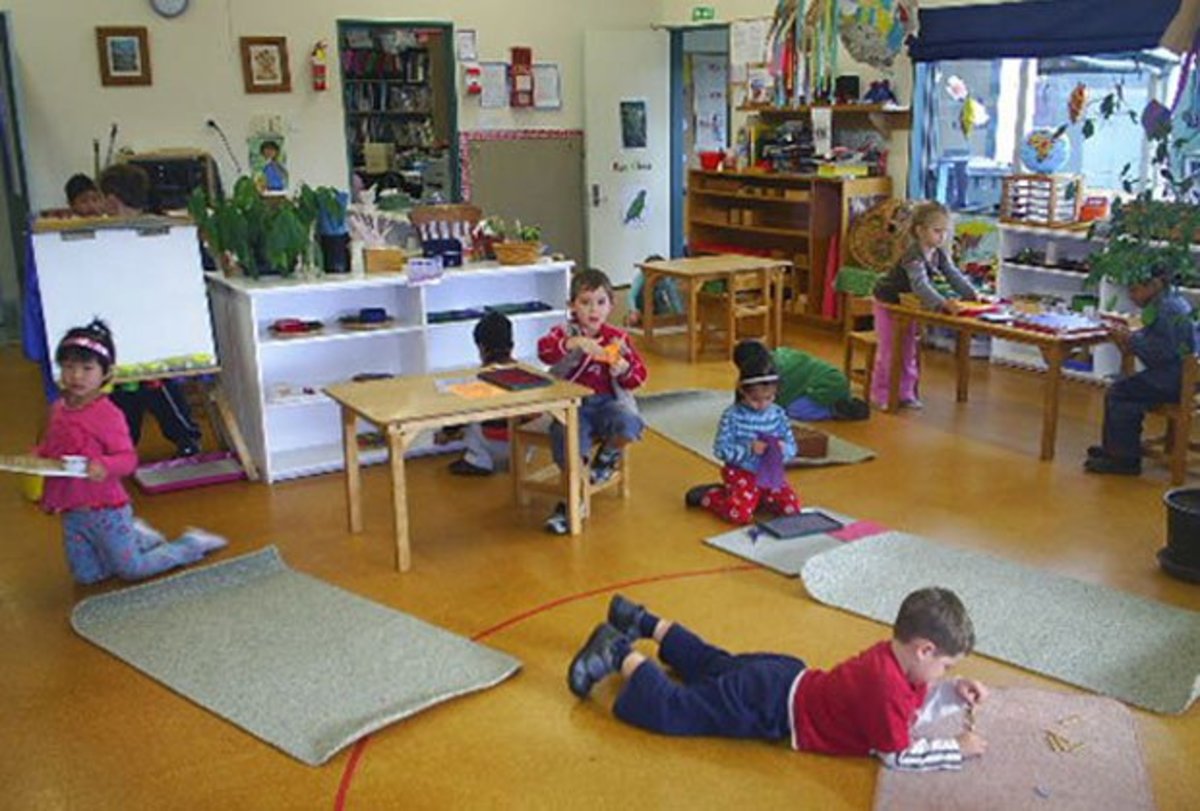Transformational Learning
TRANSFORMATIONAL LEARNING
The purpose of this review is to present ideas for expanding and bridging the gap between the theory and practice of learning/teaching. By examining effective and creative processes for teaching, inspiring and managing people, and cultivating dynamic cultures of individual and group collaboration, innovation, and productivity, we can also foster personal growth. We all participate daily in changing dynamics of either the learner or teacher position. Growth in “knowing ourselves” and our individual personality strengths and weaknesses will help us to determine when we might productively assume the position of learner and listener and when we might productively assume a position of teacher or inspirational leader in these daily personal encounters. Growth in “knowing ourselves” is itself an intrapersonal context of the learning/teaching dynamic.
The structure of learning environments can produce either fear or anger in regards to the complaint that there is either to much structure or not enough structure and guidance in the learning process. Learning environments are not just related to educational institutions. A learning environment can be created in as simple a context as in family and interpersonal relationships, or to more complicated group interactions such as managerial responsibilities and community interactions. Education and understanding teaching/learning dynamics can foster healthier environments for dealing with change and growth in such diverse contexts as education, business, health-care, counseling and any other types of group organizational interactions; to dealing with change and growth in the more personal contexts of family and interpersonal/intrapersonal relationships.
Fear and anger in relation to the structure or lack of structure in a learning environment may be a reflection of either the need or the fear “of dependence on strong, external authority figures” (Dirkx, 2006, pg. 18). Learners often find themselves in the grips of strong emotional conflicts that remain unconscious. Conscious participation with the influences surrounding us “directs our psychic energy toward creative, life-enhancing, constructive, and potentially transformative activities” (pg. 19). Research suggests that developing personal awareness “involves cognitive, affective, somatic, and spiritual processes” (Dirkx, 2006, pg. 19). Reflective analysis, story, symbol and ritual provide tools for cultivating awareness and transformative learning.
Depth psychology, such as the theories of Carl Jung, can offer a framework for helping learners/teachers work through unconscious psychic conflicts and dilemmas, “and of fostering opportunities among our learners for meaning making, deep change, and transformation” (Dirkx, 2006, pg.16). Learner emotions can be interpreted literally, for example as anger or frustration with the teacher/instructor methods or they may be a reflection of a “deeper, underlying personal or transpersonal issue that has been evoked by the instructional processes” (pg. 17). Psychic dilemmas may be defined as semi-conscious conflict produced by opposing choices. “The experience of this dilemma is often experienced as a draining away of psychic energy, while its resolution through conscious realization and reworking is often accompanied by deeper insights into the self and a renewed sense of energy and life” (pg. 17). “Using Jungian theory can help us identify and understand the powerful role that emotions and unconscious dynamics potentially play in the transformative dimensions of adult learning” (Dirkx, 2006, pg. 18).
Transformative learning requires the teacher/instructor, as well as the learner, to be authentic and to not be afraid of introducing and engaging multiple ways of knowing and learning. “Fostering transformative learning requires taking learners out of their comfort zone, both cognitively and affectively, while providing sufficient support” (Davis-Manigaulte, Yorks & Kasl, 2006, pg. 33-34). As neurologist and author Antonio Damasio (1999) notes, rational ideas are better understood and learned if they are anchored in one’s entire being rather than as facts stored in one’s short-term memory to be spit back on a test, only to be forgotten afterward” (as cited in Tolliver & Tisdell, 2006, pg. 39). Promoting transformational learning requires individual teacher/instructors to determine what will be the instructor’s responsibility and what will be the responsibility of the learner? Each teaching/learning opportunity represents its own dynamics and calls for customized adaptations. The instructor must take responsibility for ensuring that all learners promote a safe environment for authentic sharing of individual interpretations and perspectives of the content material. Shaping and correcting of any misinterpretations of the learning material or theory must be handled gently with respect for a wide range of valid interpretations and freedom of expression. Lack of learner participation and resistance should be determined by exploring and investigating possible “developmental, cultural, and institutional factors” (Taylor, 2006, pg. 95).
There is abundant experiential potential in reframing daily interactions through the dynamics of the teacher/learner paradigm. “When we take seriously the responsibility of developing a more conscious relationship with the unconscious dimensions of our being, we enter into a profoundly transformative, life-changing process” (Dirkx, 2006, pg. 19). Without a conscious relationship of the dynamic forces that influence our lives, our lives are less meaningful and we may even experience the potentially destructive effects of a divided life that may take the form of personal pathologies, obsessions, compulsions, addictions or depression. Becoming conscious and aware of our personal interaction patterns can foster a new opportunity and creativity in even old experiences of unconscious and destructive areas of habit. Old habits can change and new habits can be developed through the simple process of becoming more aware of our daily patterns of interacting with our environment.
Education produces dependent learners when the teacher or authority is solely in charge of identifying what needs to be learned, prescribing the learning methods, and assessing what and how well students have learned (Weimer, 2002). “The goal of education ought to be the creation of independent, autonomous learners who assume responsibility for their own learning” (pg. 15). Experts should remain the resource for the learner and not the dominating authority. Transformational learning requires a paradigm of teachers who can learn to view themselves as “instructional designers who put together challenging and complex learning experiences and then create environments that empower students (learners) to accomplish the goals” (Weimer, 2002, pg. 18). In order to implement Transformational Learning environments it is necessary to take a developmental approach (Weimer, 2002). Faculty and students, teachers and learners, manager/employer, doctor/patient, etc., are all affected by the transformational learning experience at different levels.
The challenge is to determine authentically at what state of development each member of a learning environment resides and then to construct the learning environment according to the best dynamics that foster the synergy of teacher/learner ability to move forward together from the current state. Group dynamics and individual teacher and learner relationships will vary to some extent with each environment. Each learning environment represents individual dynamics according to personality styles and developmental stages of each member and purpose of the learning interaction. Even in institutional educational environments “successful response to developmental issues requires a level of knowledge that does not yet exist conceptually or pragmatically” in consistent application (Weimer, 2002, pg. 183). Understanding developmental dynamics does offer a place to start the implementation of learner-centered teaching environment. The ability to become more vulnerable, adaptable and flexible is necessary in order to face the challenging chaos of any transformational change. Transformational learning is not a set of techniques, but a new way of thinking about teaching and learning. Change is best approached as an “activity of intrigue, challenge, frustration, and satisfaction” (Weimer, 2002, pg. 189). The number one requirement for innovation, creativity and change is a willingness to move outside of the limitations of the safe and comfortable.
References
Davis-Manigaulte, J., Yorks, L., Kasl, E. (2006). Engaging spirituality in thetransformative higher education classroom. New Directions for Adult and Continuing Education, 109 (Spring 2006), 27-35.
DeCagna, J. (2005). Unlocking learning’s power to transform. Retrieved December 8,2005 from http://linezine.com/7.2/articles/jdculpt.htm
Dirkx, J.M. (2006). Engaging emotions in adult learning: A jungian perspective onemotion and transformative learning. New Directions for Adult and Continuing Education, 109 (Spring 2006), 15-25.
Taylor, E.W. (2006). The challenge of teaching for change. New Directions for Adult and Continuing Education, 109 (Spring 2006), 91-95.
Tolliver, D.E., Tisdell, E.J. (2006). Engaging spirituality in the transformative highereducation classroom. New Directions for Adult and Continuing Education, 109 (Spring 2006), 37-47.
Weimer, M. (2002). Learner-centered teaching. SanFrancisco, CA: Jossey-Bass.









